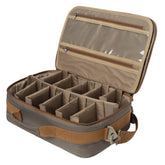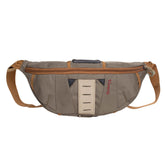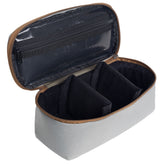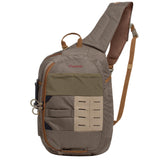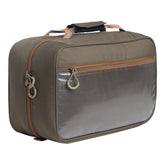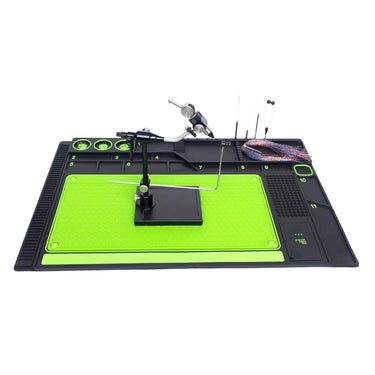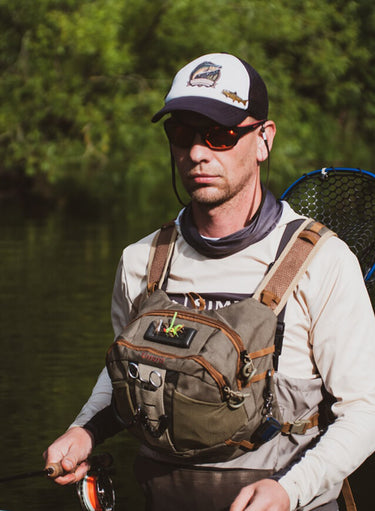Stillwater Series Part 2 – Basic Stillwater Techniques
In this article, I’ll cover the basic stillwater techniques that will help you catch more fish. This guide forms part of our complete and ongoing series to help you become a better stillwater angler. In the previous article, we looked at the basic stillwater setup, covering the bare necessities to get you going.
The techniques covered in this guide work whether you’re fishing from a boat, a float tube, or the shore. Before we dive in, if you have any questions please leave them down in the comments section at the bottom of the page.
Also, we have a full Youtube video covering the same topics, so be sure to check that out too.
Fish Multiple Flies
The first topic I want to cover isn’t really a technique, but rather the way we set up our leader. You see, one of the biggest challenges a fly angler faces in stillwater fly fishing is to locate where the fish are holding and determine what they’re feeding on.
Well, if we could cover more of the water column when we’re fishing, then we’d stand a better chance of finding fish, right? To get this right, you can fish a two or three-fly rig, which will also allow you to use different flies to find out what the fish are feeding on.
Please make sure that the specific body of water you’re fishing does allow for this configuration, as I know some private waters strictly prohibit the use of more than one fly.
Now, to attach two or more flies to the end of your tippet ring, you’ll use the same knots as the ones covered in our dry dropper rig article and video. The only difference is that you’ll be making the tag ends longer to attach your flies.
If you’re a new fly angler, I advise against using multiple flies, as you might find yourself spending more time untangling your line than actually fishing.
Different Types of Fly Lines
When the fish are holding shallow or you’re sight fishing to them from the bank, you can do so by making use of a floating or intermediate line. In many other cases, you’ll want to fish deeper, and for those applications you get what’s called a sinking line.

Sinking lines come in a wide range of tapers and sink rates. An intermediate fly line, for example, sinks around 1.5 ips (inches per second). This sink rate may be influenced by the relative density of the water or the weight of flies and the length of your leader.
One of two great types of sinking lines to have at hand is a di3, which sinks around 3 ips and is probably the sinking line you’ll use the most. Every so often, especially when you’re fishing off a boat or float tube, you’ll need to go deeper quicker. And for that, I recommend a di5 (5 ips) or faster.
Time How Long the Flies Sink
After making the cast, pick up all the slack as quickly as possible to get in contact with the flies. Pinch the line against the grip just in case you get an eat on the drop. Start counting or timing the sink as soon as the line hits the water.
Vary the duration you’re allowing the flies to sink until you start finding fish or getting bumps. Now you have a measurement of where the fish are holding, which you can replicate cast after cast.
Different Retrieves
You’ve made the cast and allowed the flies to sink as far as you wanted, so now what’s the best retrieve? Well, that’s like asking how long a rope is, a very hard question to answer.

Let’s have a look at different retrieves.
The Figure of Eight Retrieve
The first one I’d like to cover is called the figure of eight retrieve. It takes some practice, but once you get it right you’ll be able to vary the speed and intensity of the jerks with great control.
In essence, you’re folding a line in a figure of eight while retrieving, creating small steady movements with the flies. It’s a great retrieve to use with nymphs such as chironomids or buzzers and damselflies.
Slow Long Strip
One of my favorite retrieves is a very long and slow strip. This retrieve makes the flies rise through the water column, and as soon as you stop, they drop again steadily. Make sure you maintain contact during the drop and pinch that line against the cork. This is usually when the fish takes the fly.
Short Quick Strips
A great retrieve for any predatory fish, and I find that trout especially love this retrieve. I also make use of this retrieve when fishing jig buggers in rivers.
The idea is to keep a constant rhythm. This works really great if you’re using flies with a lot of movement, like flies incorporating marabou or zonker strips.
If you get a bite while using this retrieve, it’s usually in the form of a solid knock, so make sure you have soft hands during the hookset, especially if you’re using a light tippet material.
Under Arm Retrieve
One of the best retrieves, if you need to really speed things up, is the underarm retrieve. After making the cast, place the rod under your arm. You now have two free hands which can be used to create a fast frantic retrieve.
Once again, be light on the set as the takes are usually quite hard.
Fishing the Hang
You’ve made the cast and retrieved the fly almost all the way back to you, so now recast, right? Wait before you do, because there’s a sneaky little technique called fishing the hang, which works especially well when using fast retrieves.

How many times have you lifted the fly out of the water, and just as you do so, you see a fish flash right under the surface? This technique will convert those fish.
Strip the fly all the way back to you, and before you get to the end of the fly line, lift the rod slowly up to a 45-degree angle and allow the flies to rest there for a couple of moments. Many times a fish follows the fly and as soon as it comes to a rest, it eats it.
Some fly lines even come with hang markers which give you an indication of how far you are from the end of your line. This is one hell of a good stillwater technique.
Watch The Basic Stillwater Techniques
Conclusion
I hope these techniques help you out and that the article has answered some of the questions you had about stillwater fly fishing. If you have any other questions, please leave them down in the comment section below. It’ll be great to answer some of your questions in a follow-up article.
Until next time!



